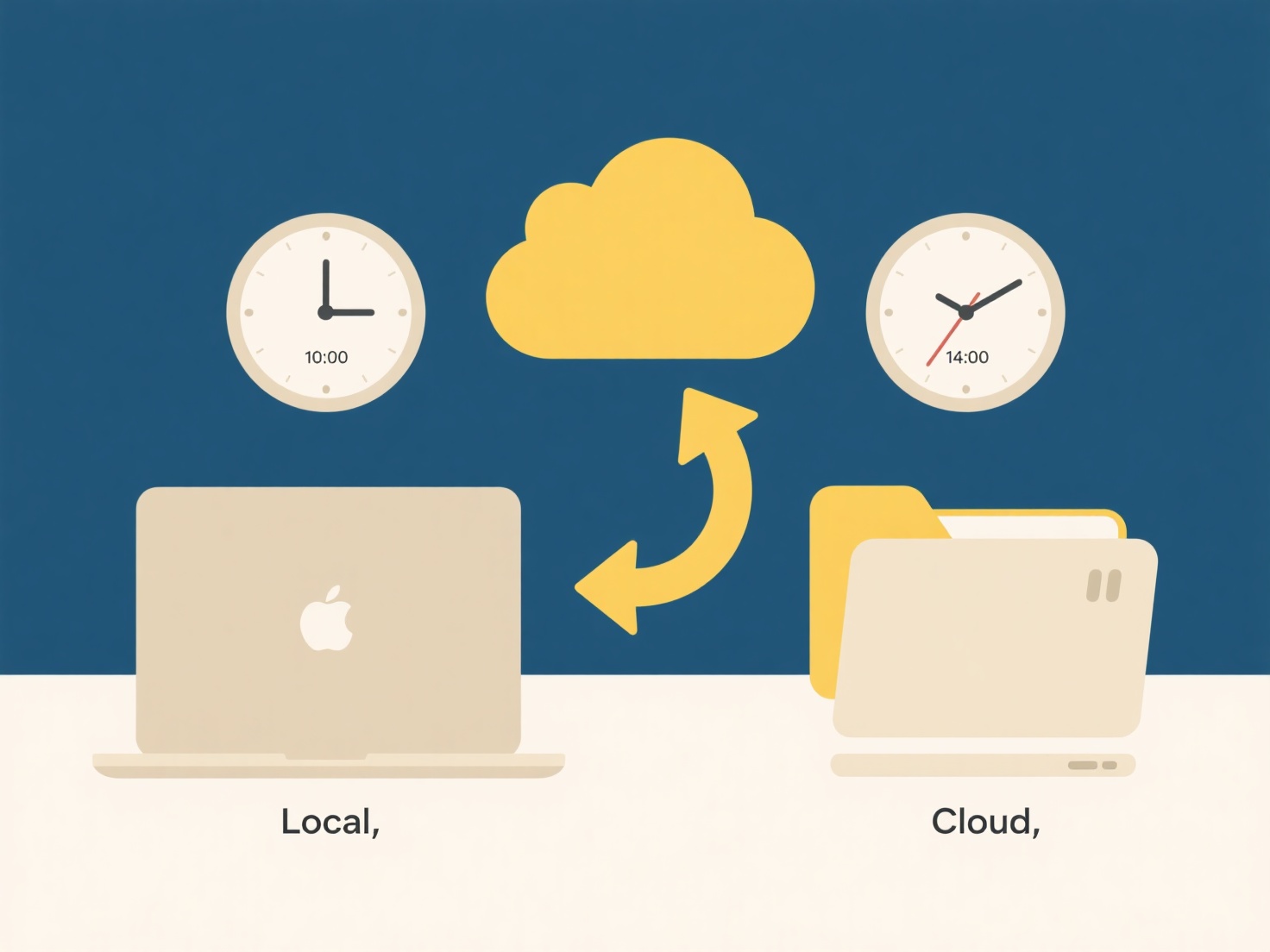
DRM (Digital Rights Management) refers to technologies controlling how digital content can be accessed, used, and shared. Unlike simple file permissions (like password protection for a ZIP file) that restrict initial access, DRM embeds persistent rules directly into the file. This means protection like preventing printing, saving a local copy, or blocking access after a certain date remains enforced even when the file is opened by others, regardless of how it's shared or where it resides. It differs fundamentally from basic access control by governing usage after the file is delivered.

DRM is frequently used in business environments for sharing confidential documents such as financial reports, legal contracts, or strategic plans, ensuring that recipients cannot forward or copy sensitive data. Media industries rely heavily on DRM for distributing e-books (limiting copying), music, and video files (controlling playback and preventing piracy), often through dedicated platforms like Adobe Experience Manager, Microsoft Purview Information Protection (formerly AIP), or specialized document security solutions.
While DRM provides strong persistent protection for intellectual property and sensitive data, significant limitations exist. Compatibility issues can arise if recipients lack the necessary application or plugin to view the file, potentially hindering workflow. Strict DRM can also frustrate legitimate users. Ethical debates center on balancing creator/distributor rights with user expectations like fair use or ownership longevity. Future developments might focus on more flexible, user-friendly DRM models, but adoption often faces resistance due to usability concerns and the complexity of managing access rules across diverse recipients and devices.
Can I use DRM (Digital Rights Management) for shared files?
DRM (Digital Rights Management) refers to technologies controlling how digital content can be accessed, used, and shared. Unlike simple file permissions (like password protection for a ZIP file) that restrict initial access, DRM embeds persistent rules directly into the file. This means protection like preventing printing, saving a local copy, or blocking access after a certain date remains enforced even when the file is opened by others, regardless of how it's shared or where it resides. It differs fundamentally from basic access control by governing usage after the file is delivered.

DRM is frequently used in business environments for sharing confidential documents such as financial reports, legal contracts, or strategic plans, ensuring that recipients cannot forward or copy sensitive data. Media industries rely heavily on DRM for distributing e-books (limiting copying), music, and video files (controlling playback and preventing piracy), often through dedicated platforms like Adobe Experience Manager, Microsoft Purview Information Protection (formerly AIP), or specialized document security solutions.
While DRM provides strong persistent protection for intellectual property and sensitive data, significant limitations exist. Compatibility issues can arise if recipients lack the necessary application or plugin to view the file, potentially hindering workflow. Strict DRM can also frustrate legitimate users. Ethical debates center on balancing creator/distributor rights with user expectations like fair use or ownership longevity. Future developments might focus on more flexible, user-friendly DRM models, but adoption often faces resistance due to usability concerns and the complexity of managing access rules across diverse recipients and devices.
Quick Article Links
How do I know if someone downloaded a cloud file I shared?
When you share a file using a cloud storage service like Google Drive, OneDrive, or Dropbox, knowing if someone download...
Can I compress a folder into a single file?
Yes, you can compress a folder into a single file. This process combines all the files and subfolders within a directory...
Can I apply permissions to all files in a folder?
Folder permissions allow you to manage access (read, write, execute/modify) simultaneously for all files contained withi...